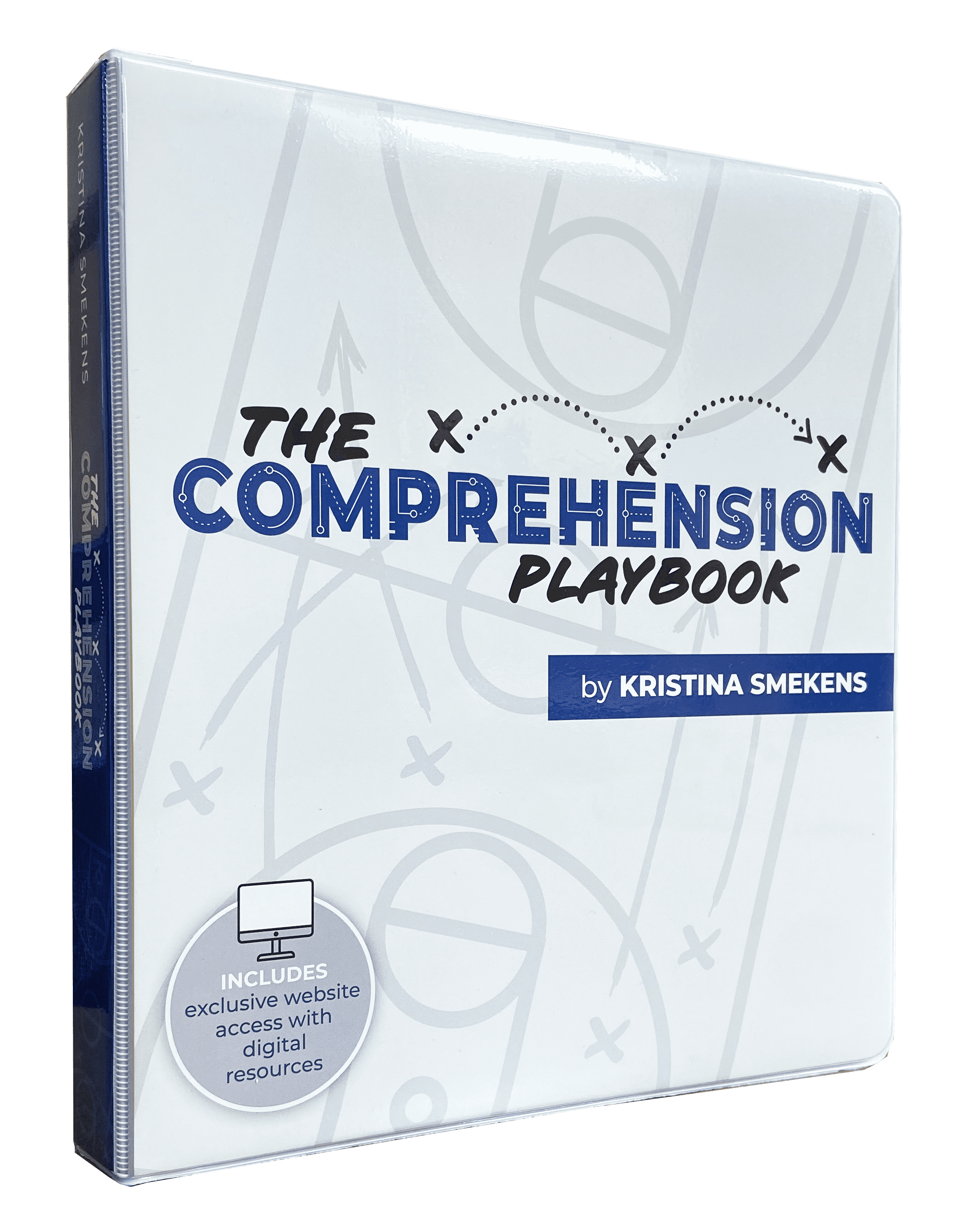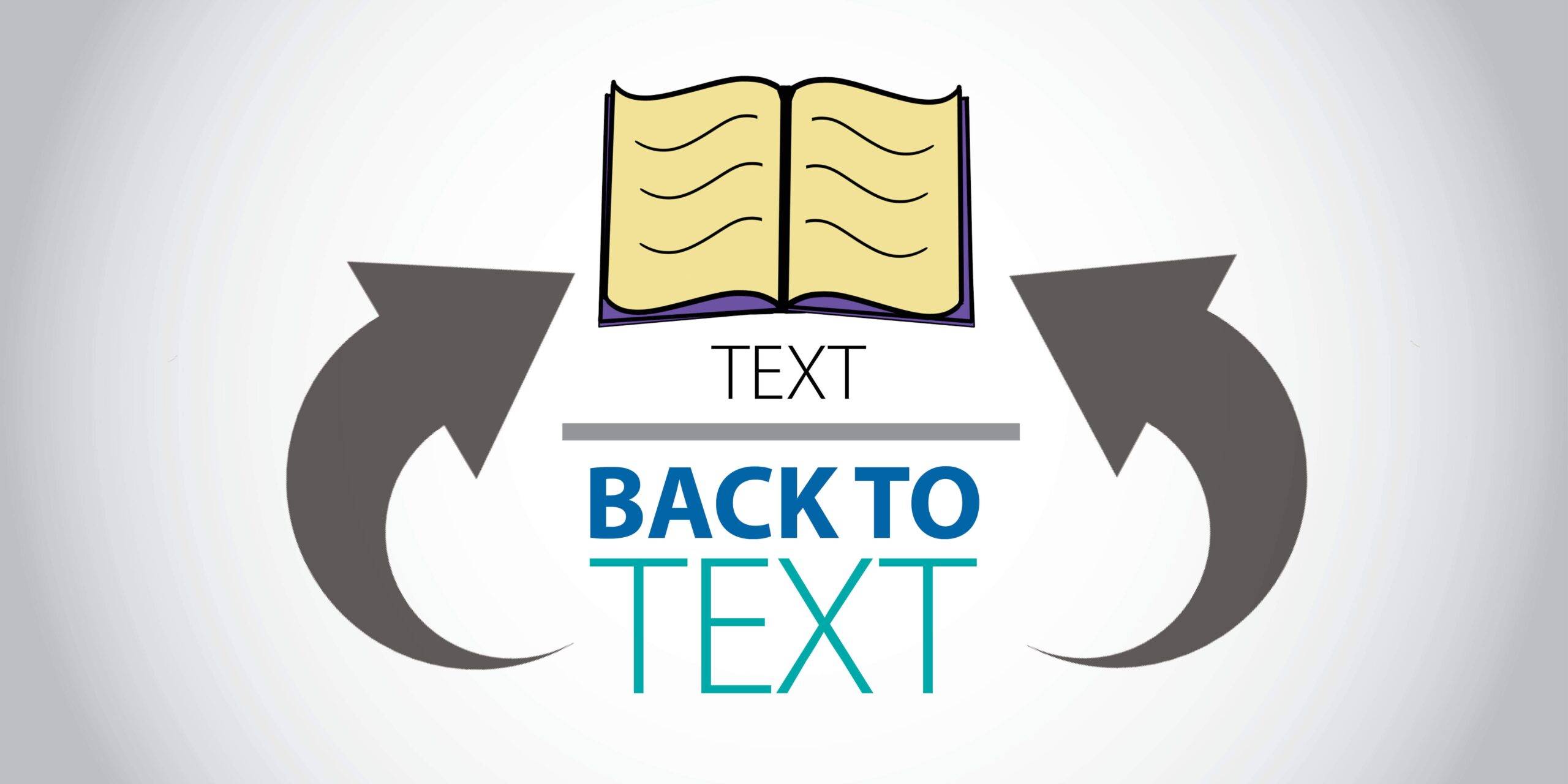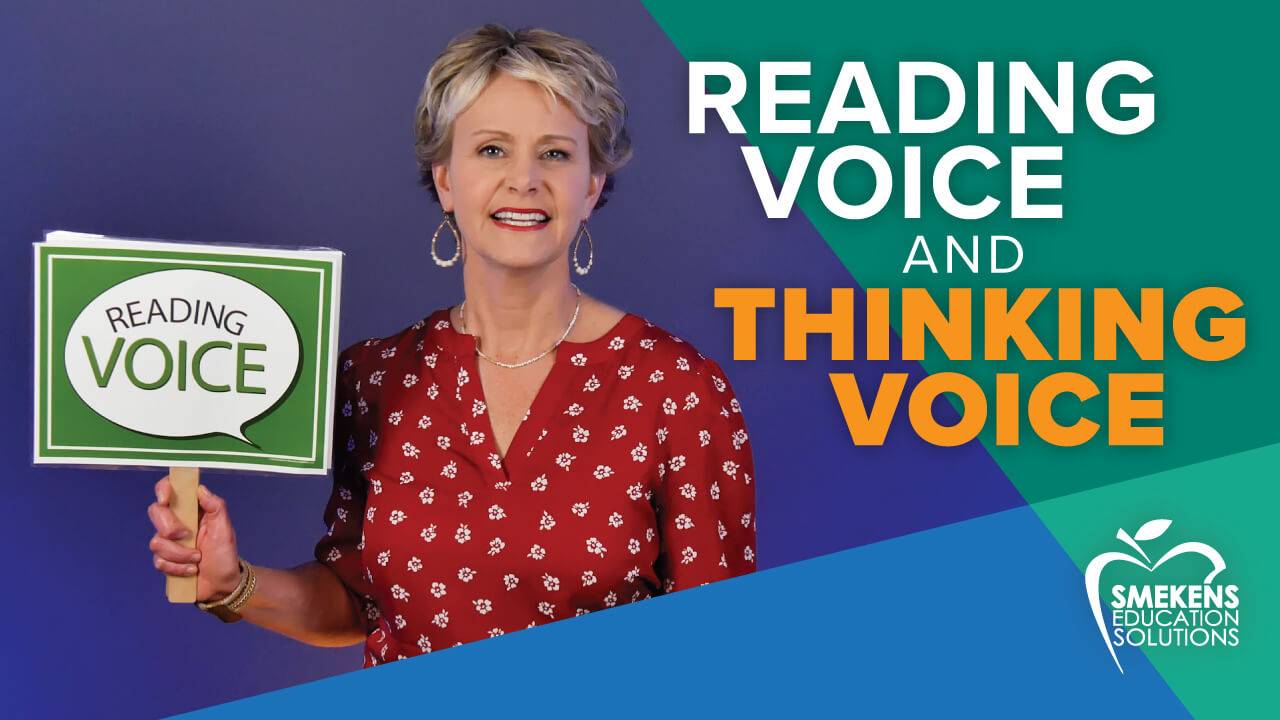Learning Center
Reading
Broaden the meaning of text-to-world connections
March 11, 2019
What are text connections?
When readers connect something new to something known, they are more apt to understand and remember it. Consequently, teachers commonly have students reflect on their own prior knowledge as it relates to any text.
Reading connections come in three forms.
1. Text-to-self connections
Text-to-self connections occur when something in the text reminds the reader of a personal experience.
Before Common Core, making connections from the text to self was the emphasis of this reading strategy. However, an overemphasis on text-to-self connections can encourage students to talk OFF the text, losing sight of the principles within the Common Core Standards. As students make meaning of a text, these kinds of connections only loosely relate to the text and author’s ideas.
While sharing text-to-self connections can initiate thinking, these should not consume text-based discussions. The core focus should always be the text itself and its relevance to the author’s message.
2. Text-to-text connections
Text-to-text connections occur when something in the text reminds the reader of a previously-read text.
Although the first two ways to make connections are more concrete for teachers and students to grasp, the third type tends to be misunderstood.
3. Text-to-world connections
Text-to-world connections are often narrowly defined as relating something in the text to a current event. With this limited definition, teachers often dismiss it as a viable reading comprehension strategy, explaining that most of their students are unaware of state, regional, national, or international events.
But instead of focusing on current events as “worldly” knowledge, consider looking at information gained from everyday life.
For example, all your students know that infants create a lot of dirty diapers. However, most don’t know this fact because they read a book about it (i.e., text-to-text connection) or because they have a lot of personal experience with babies (text-to-self connection). Rather, it’s just general knowledge they picked up along the way–often from conversations, observations, and/or television.
When encouraging students to make connections while reading, don’t be too quick to dismiss text-to-world connections. In fact, some students may rely on these more than text-to-self or text-to-text connections. This is often the case with students who have limited life experiences and/or who aren’t strong readers.





